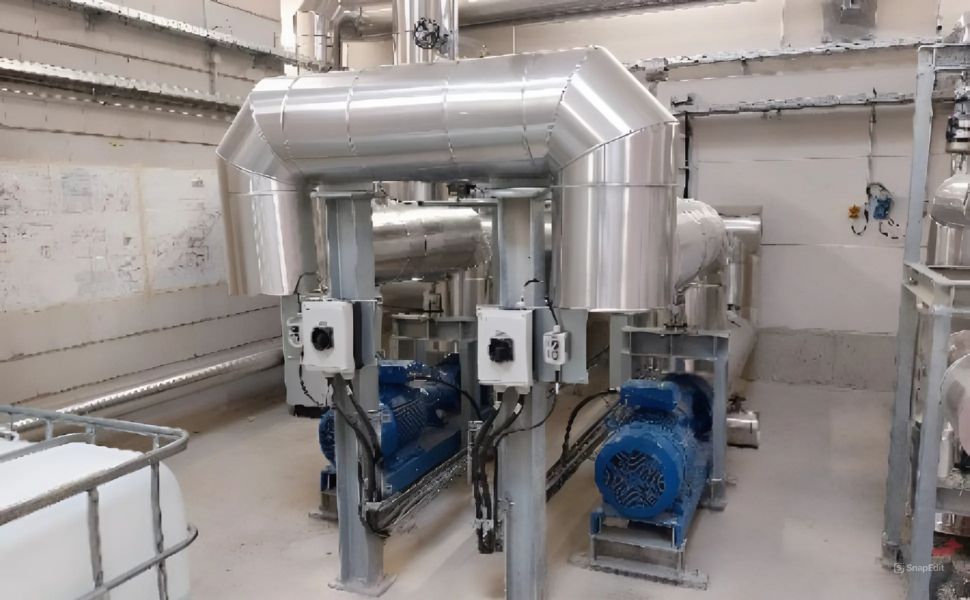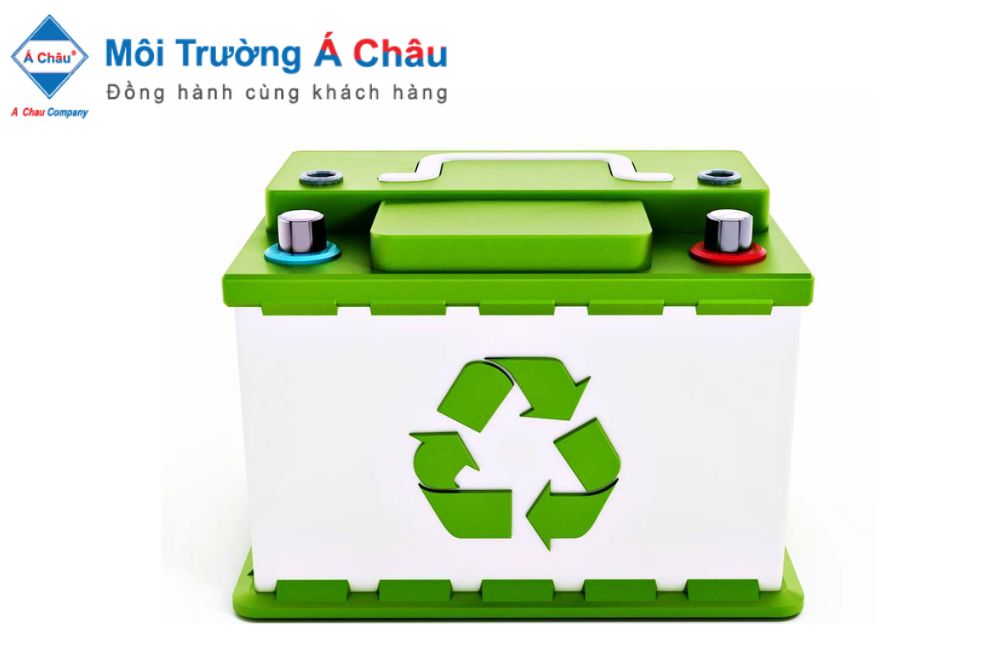Taking advantage of the energy in the cement manufacture procedure
GEA Bischoff Company experts explored how waste heat recovery systems may use clinker cooler exhaust gases to increase energy efficiency and save operational costs. Operating in cement plants. Using waste heat sources has considerable promise for the continuing energy transition and, eventually, provides leverage to reduce operational costs.
Cement mills emit significant amounts of unutilised thermal energy into the environment, primarily from hot gases from PH/calciner kilns and unrecovered exhaust gases from clinker cooling grates.
To properly run the mill and filters, the hot air from the kiln is cooled primarily by water in the exhaust air conditioning tower. As a result, the temperature of the available thermal energy lowers, rendering it ineffective. An example of this would be the generation of energy with an organic Rankine cycle (ORC) turbine.
Hot-operated electrostatic precipitators (ESPs) and bag precipitators are used to reduce emissions from surplus heat in clinker coolers. ESPs send hot gases directly up a chimney without heat recovery, while bag dust filtration uses air-air coolers for thermal energy dissemination.
This article discusses potential options for reducing waste and maximising thermal energy use in cement plant air streams.
Heidelberg Materials AG has chosen to use sewage sludge instead of fossil fuels to run its cement facilities in North Rhine-Westfalia, Germany. The company uses mechanically predried sewage sludge, which requires heat drying for proper operation, instead of fossil fuels or electricity, which have a long-term carbon footprint.
The system currently has an air cooler for bag dust filtration, but the thermal energy from the clinker cooler exhaust gas is not used. The existing air-to-air cooler is retained for safety and simplification, and the system can be used to cool the exhaust gas when the sludge dryer is shut down.

The pumps transport water into the heat exchanger and sludge dryer.
GEA installed a new waste heat recovery system in a cement plant, adjusting the inlet hood of the existing cooler to ensure optimal connection. The gas velocity was determined using clinker dust experience to provide efficient heat transfer and minimise wear on the new heat exchanger pipes.
To enable flexibility for future operations, GEA's drawer-style tube assembly design was chosen, making it simple to update and repair the heat recovery system as needed. Air-to-air cooler exhaust temperature changes often, necessitating continuous monitoring and management of the heat energy input to the circulating water cycle to prevent overheating. Failure to manage the thermal energy intake to the water can cause vapour formation and increase the danger of cavitation in circulating pumps, or worse, a steam hammer.
The challenge was addressed using a 02-level control circuit with modulating dampers for both the bypass damper and heat exchanger output damper. The bypass damper opens first, allowing more air to enter the air-to-air cooler. In contrast, the outlet damper closes if the air is insufficient, increasing pressure drop and delivering additional air to the zero cooler.
The heat exchanger, designed by GEA, heats water for the sludge dryer, meeting energy needs and regulations. It features two redundant hot water pumps in case of failure and nitrogen gas pressurisation in an expansion tank to maintain liquid water. The heat transfer loop is equipped with measuring instruments and safety pressure relief valves, ensuring safety and compliance with regulations. The system is designed to meet energy needs and ensure efficient waste heat recovery.
The plant, which was launched in August 2022, was equipped with new gas pipelines, regulating valves, heat exchangers, and heat transfer loops by GEA. It now transfers the required heat to the sludge dryer, reducing the total carbon footprint of the production process by replacing fossil fuels with sewage sludge.
Crucial to emphasise that this customer's condition is only one of many instances in which surplus heat from cement factories might be used. The most suitable choice for each scenario is determined by a variety of plant restrictions, as discussed in just 02 examples: replacing fossil fuels or energy pricing.
Excess heat can also be utilised to generate electricity via the steam cycle or organic Rankine cycle to power district heating networks and for purposes other than sludge drying.
Prospects indicate employing recovered heat in carbon capture facilities to reboil amine. When it comes to choosing the appropriate decision, plant owners have several alternatives to consider, and each facility has its own set of requirements and limits. Consider before making a selection, which is why a partner with competence, experience, and strong recommendations is the best option.
Source: Vietnam Cement Industry Report, "Exploiting the value of waste heat in the cement production process", posted on March 19, 2024, see link: https://ximang.vn/chuyen-de-xi-mang/khai-thac-gia-tri-cua-nhiet-thua-trong-qua-trinh-san-xuat-xi-mang-19143.htm, accessed May 29, 2024













